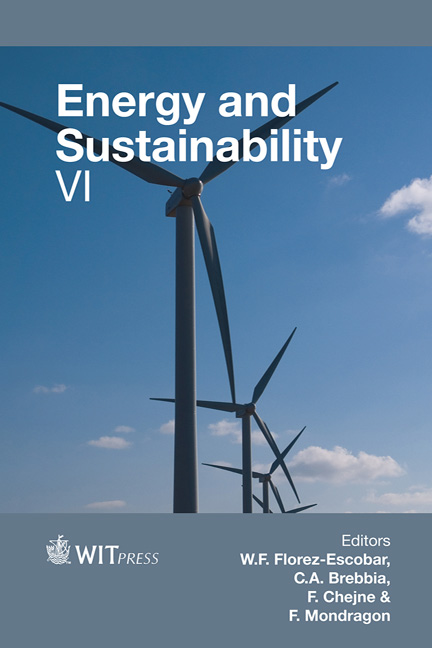Environmental Diagnosis Methodology To Analyze Landfill-associated Risks In Colombia
Price
Free (open access)
Transaction
Volume
195
Pages
13
Page Range
353 - 365
Published
2015
Size
399 kb
Paper DOI
10.2495/ESUS150301
Copyright
WIT Press
Author(s)
G. Arrieta, I. Requena, J. Toro, M. Zamorano
Abstract
Colombia generates 27,000 tonnes/day of waste, which is deposited into landfills. Approximately 30% of these sites do not comply with the requirements to be considered for controlled landfills. According to the legal framework, these disposal systems of solid waste are compelled to carry out an Environmental Impact Assessment (EIA) process in order to minimize their associated problems. Even though there are tools designed to perform the EIA prior to the landfill construction, this is not the case for the follow-up and control stages of the operation phase. The University of Granada (Spain) developed a diagnosis methodology called EVIAVE, which allows for quantifying – through indexes – the environmental impact of landfills according to location and exploitation conditions, which allows for the implementation of environmental management plans. EVIAVE was designed for municipal landfills according to the European Union’s legal framework. However, it has been successfully applied in Chile, Venezuela and Iran with adaptations regarding their legal, socio-economic and ecosystem features. This work shows EVIAVE’s adaptation in Colombia, in order to diagnose active landfills. Modifications include flora and fauna, which allow for obtaining a wider description of the environment and updating the methodology according to the Convention on Biological Diversity. The assessment of environmental descriptors was also reformulated to cover the concept of vulnerability. This enables having more accuracy when assessing the predisposition of environmental elements to potential impacts generated by landfills’ operations. EVIAVE’s application in 16 Colombian landfills allowed for identifying the affected elements due to operation and maintenance conditions. This facilitates decision-making processes regarding the environmental management plans. It can be concluded that this methodology is a feasible and effective tool to diagnose the state of the environment in a landfill’s influence area, and to analyze landfill-associated risks in Colombia, because it takes into account environmental threats and vulnerabilities, as well as the follow-up and the control stages in EIA processes.
Keywords
EVIAVE methodology, Environmental Impact Assessment, follow-up, waste management





